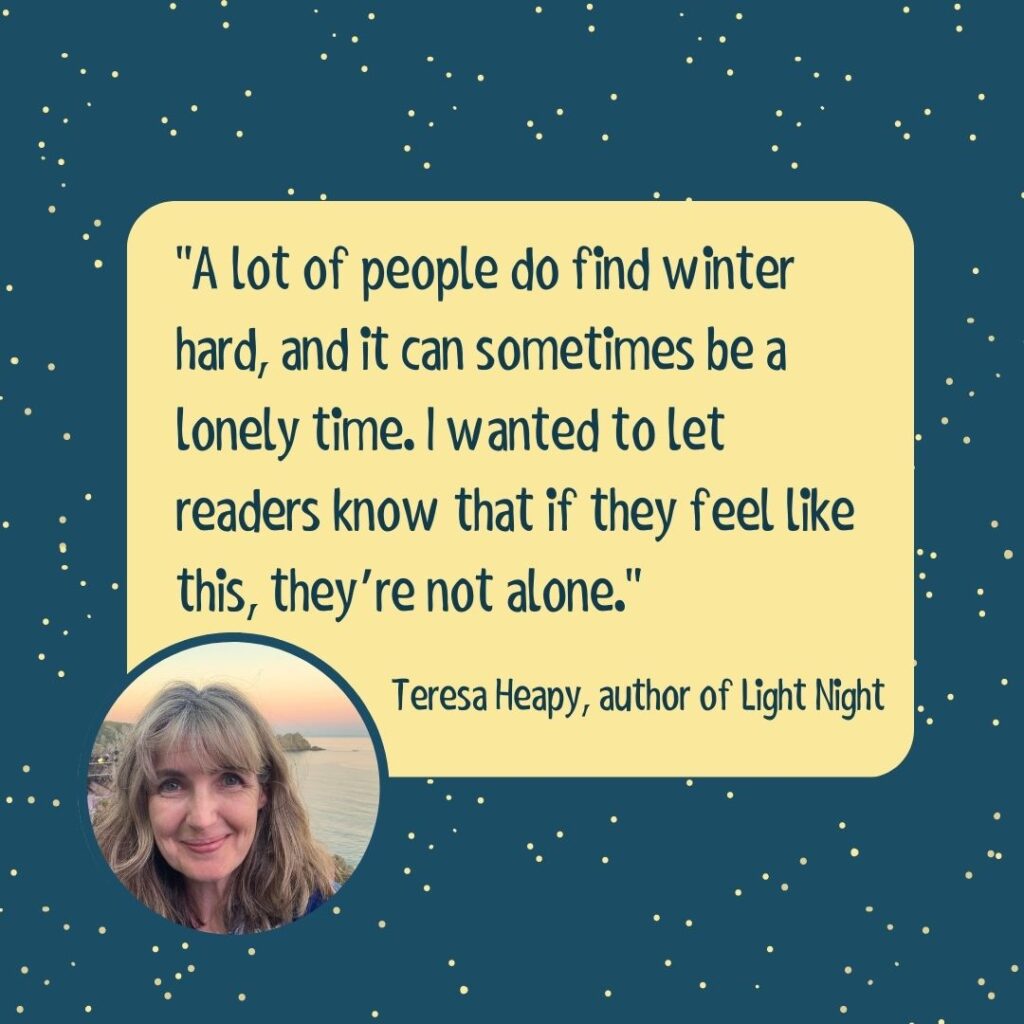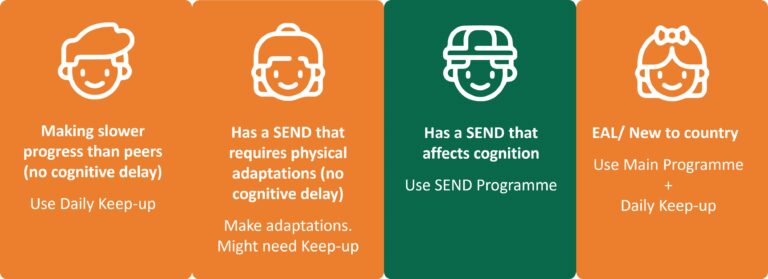It’s here the basics are begun but the new curriculum wants an emphasis on more formal learning. Earlier identification of potential problems is also proscribed with an intervention programme set up where necessary to try to overcome problems by the time the early learning goals are assessed. The indication is that there’ll be a lot less time for learning through play – possibly at the behest of social and emotional development.
Reading
Class reading from ‘Big Books’ either on the whiteboard or from the books themselves allow children to listen to you read to them whilst following the words, focusing on the grapheme-phoneme correspondences and spelling patterns. They can read out loud, or if using one of the Collins Big Cat wordless books, they can decide the storyline. This activity also allows discussion of the story as a class.
Regular one-to-one reading with the teacher or classroom assistant is essential to monitor progress in reading fluency, decoding and comprehension.
Encouragement of reading at home is vital and parents must be encouraged to read with their child at home.
Create opportunities for reading outside the classroom such as reading corners, reading benches in the playground, reading partners. Training of reading partners is a good idea, getting them to talk with the young reader about the story and making a written record of the event.
Spelling
The spelling requirements in EYFS are now quite stringent with practice in CVC up to CCVCC words being required as well as simple two syllable words, words ending in double letters and –nk words. It’s a big ask but the words are set as revision in Year 1 easing the pressure of knowing the words and rules perfectly in Reception.
Following spelling and reading schemes will always be the preferred method for most teachers but the new curriculum offers opportunities across the disciplines for practise; through recognition in reading, through speaking and listening activities and through writing. The importance placed on spelling later in the curriculum means that opportunities must be sought to practise it whenever and wherever possible.
Writing
Within the EYFS, the focus is on writing to practise the words learned through phonics work and through reading, paying attention to encoding words from their sounds before writing them down. Simple sentence construction with a varying number of given words will help give confidence and reinforce common words with their sounds and spellings. Spelling tests, with the words given orally, are the best way to practise the link between sound and writing although less able children often benefit from a picture based spelling test, sometimes with given letters.
Speaking and Listening
Use speaking and listening activities to practise and reinforce early grammar work including simple sentence structure and agreement of nouns and verbs.
Develop confidence in speaking and listening together with sentence structure in regular ‘show and tell’ presentation activities.
Oral instruction work is great for listening skills. Fun activities such as ‘Simon Says’ or even asking children to carry out simple errands all help develop listening and oral comprehension skills.
Dave Lewis
Primary school teacher


